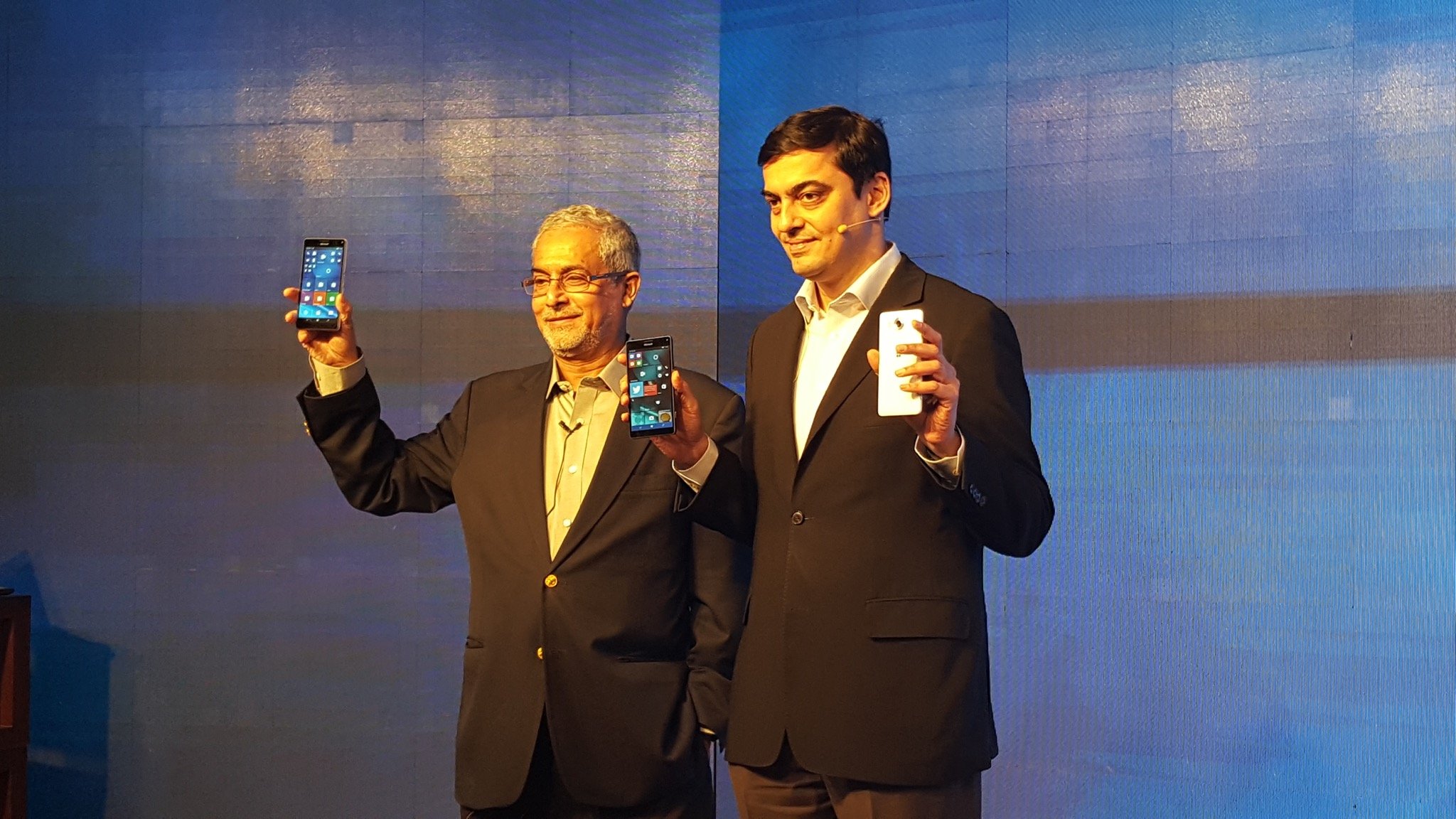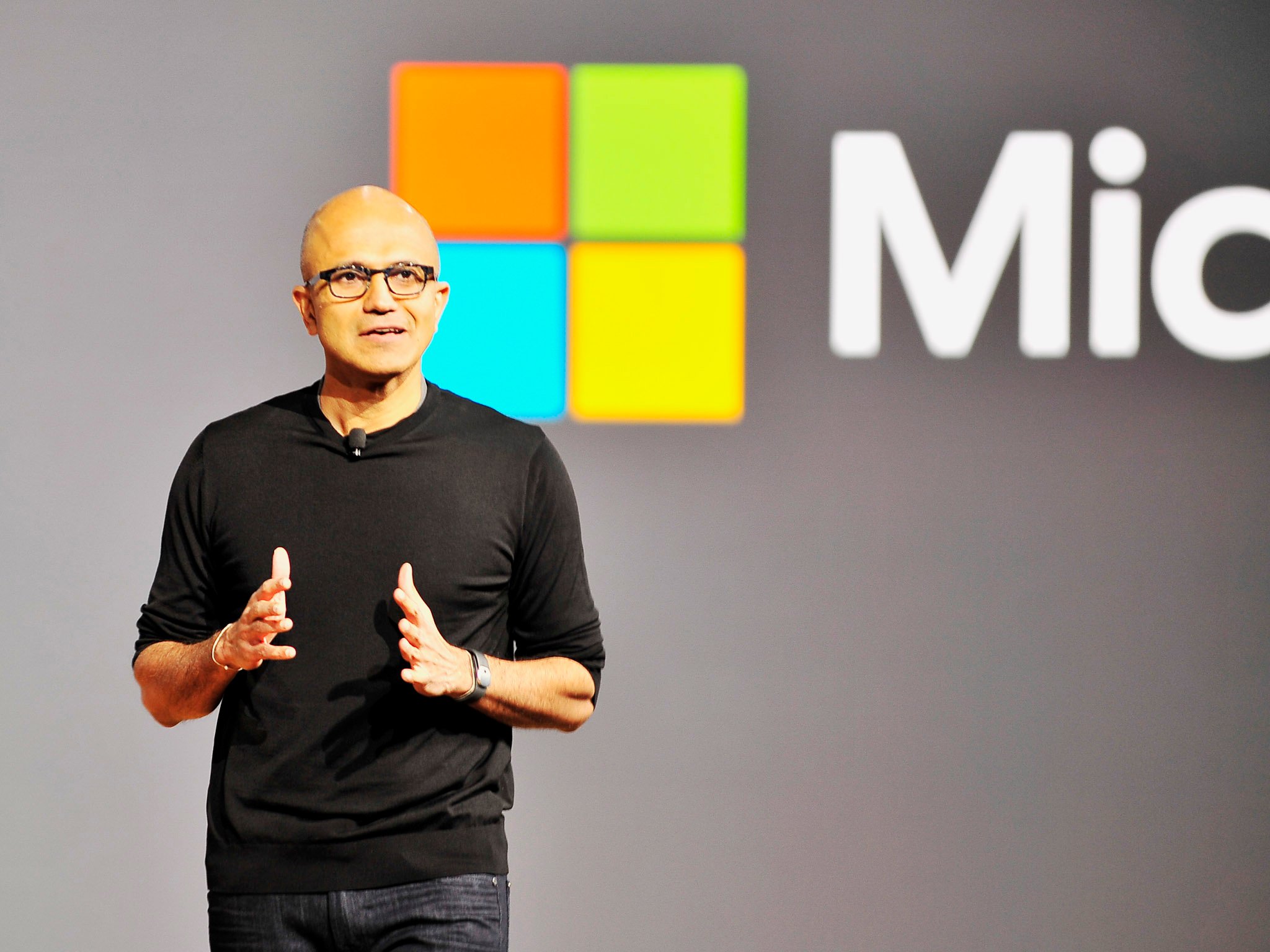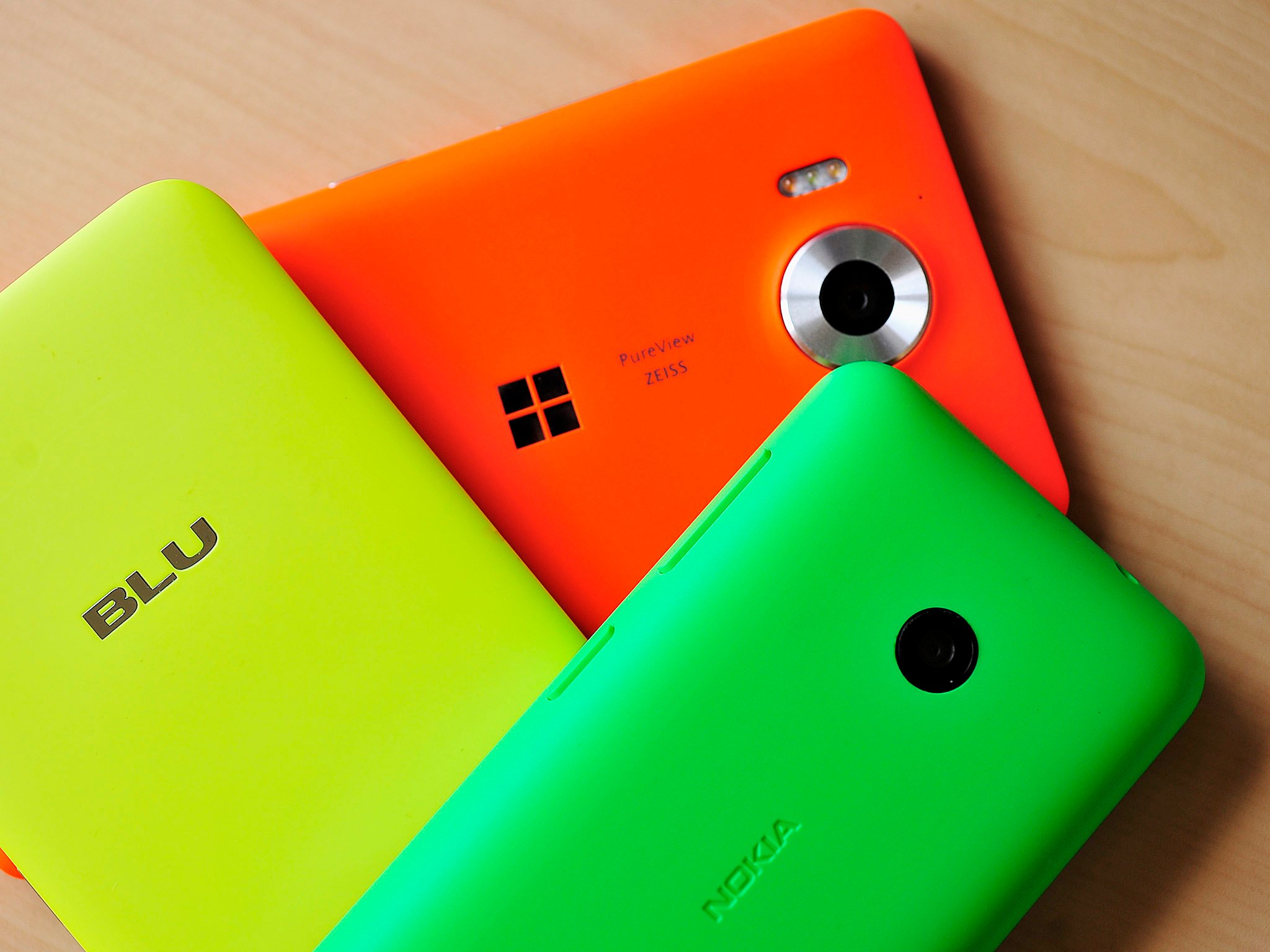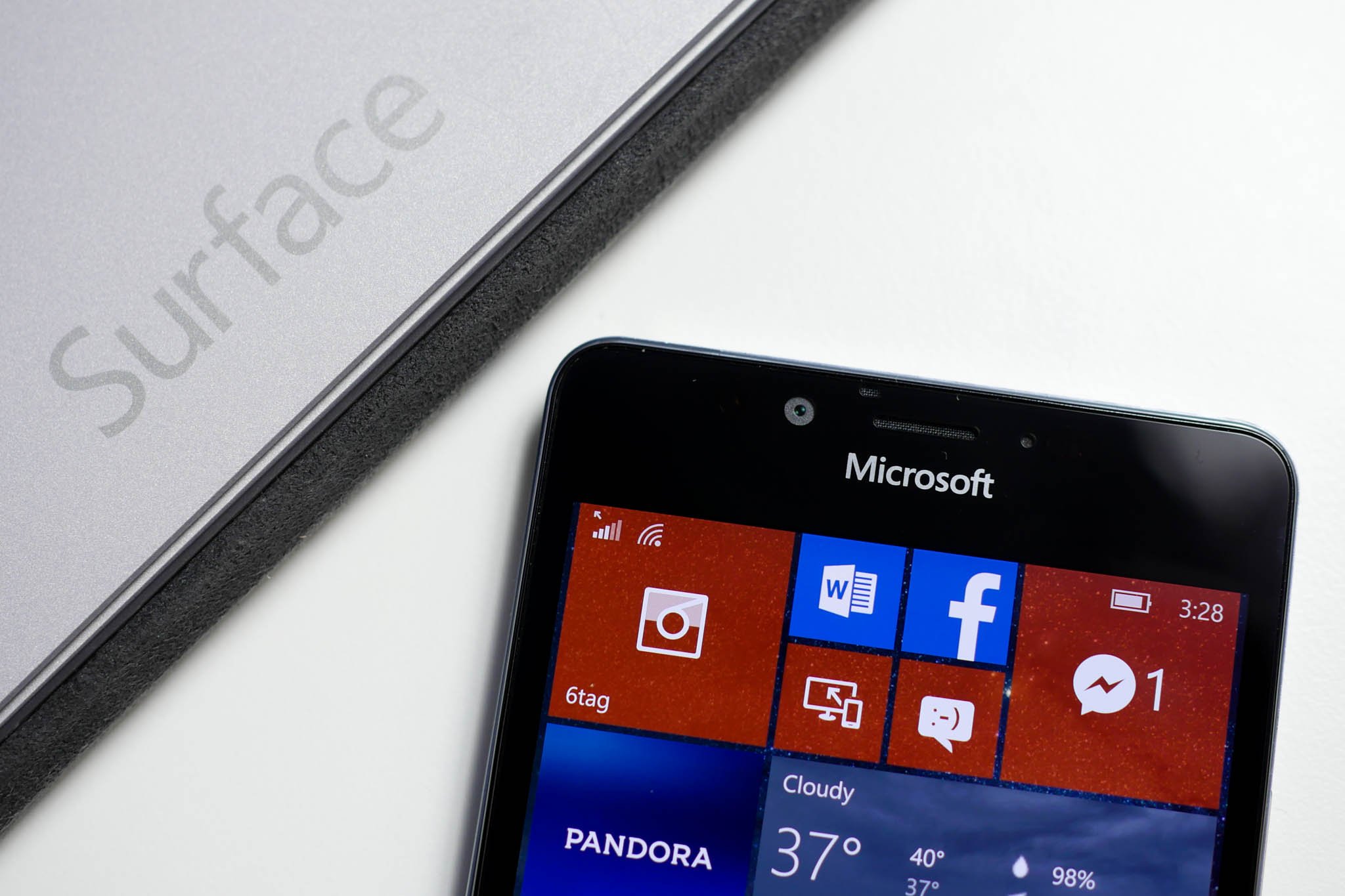New Microsoft email reveals shifting mobile strategy, claims Windows phone investment 'not at risk'
A new email sent out to partners adds additional context to yesterday's restructuring of Microsoft's smartphone business. Core markets, three areas of strength, and what it all means for the future of Windows phone.

Microsoft recently announced further changes to its smartphone strategy around Windows 10 Mobile with further layoffs centered around the Nokia Mobile acquisition. Now that Microsoft's retrenchment is in full swing many see this as the end of Microsoft's mobile ambitions, but a new internal email suggests otherwise.
Instead, security, management, and Continuum capabilities are the focus for Windows 10 on smaller screens. Even more interesting is the shift in markets with Microsoft investing in individual ones, but pulling back in others like India and Brazil.
Make no mistake about it Microsoft's smartphone strategy is drastically changing, but change does not mean the end either.
Regional changes
According to an internal memo from Microsoft sent to partners and obtained by Windows Central, Microsoft will concentrate on these "core markets" for its smartphone business: US, UK, France, Germany, Poland, Australia, and Western Europe (Austria, Belgium, Denmark, Finland, Ireland, Italy, Netherlands, Norway, Portugal, Spain, Sweden, Switzerland)
To anyone living in India or Brazil, it has been more than obvious that Microsoft has drastically pulled back support for Lumias in those countries. The latest data on India suggests a mass migration away from recent Lumia devices. That feeling is now evidenced by Microsoft's revelation of its strategy here.
No reason is given for the change, but it is very likely to do with the Microsoft's focus: high-end and premium devices that are aspirational. Microsoft will no longer make budget Lumia phones. However, that is not equivalent to no budget Windows 10 Mobile devices. Microsoft wants – and expects –OEM partners to pick up their slack for those markets with their own hardware. Microsoft will then support those companies by working closely with them.

The problem now, however, is evident. Countries like India and Brazil – both former hotbeds for Windows Phones – no longer have any partners selling in-demand hardware. With Microsoft pulling back and partners not yet stepping up, there will be a worsening gap in those countries and others not mentioned in the memo.
All the latest news, reviews, and guides for Windows and Xbox diehards.
While Microsoft's own hardware will be shrinking from various markets those in the US, UK, and Europe will have a renewed focus. The partner memo goes on to mention that this "streamlining of the business will result in changes to Lumia's global sales and distribution network" details of which will be forthcoming. To my ears, that sounds like more layoffs in particular markets.
It's just business, folks
Perhaps the biggest shift for Microsoft's own smartphone ambitions – at least for hardware – is the demographic. No longer are they pursuing a general smartphone user base, but rather businesses and enterprise. Microsoft claims that they will focus "where we've seen the greatest success – businesses for which security, manageability, and Continuum are important, and consumers who value the same" going forward.
One thing needs to be separated here, however. Microsoft is speaking about their own hardware plans, not the Windows 10 Mobile the platform. The latter is something for which they see many uses for but are leaving it in the hands of partners. What Microsoft is referring to in this memo is what they are planning for phones, but not the full platform.

It should be clear that Microsoft will only focus on a narrow, niche market for their hardware leaving the rest of the mobile pie for other companies. If this sounds even remotely like Microsoft's Surface strategy, then you have been paying attention.
Continuum is their future
Finally, Microsoft sees three core areas of strength for their work in mobile. These areas include security, manageability, and the Continuum experience.
Microsoft notes that these are "are important to our commercial customers" and they are already "strong differentiators for Windows on mobile devices".
Much of this sounds like Microsoft getting back to their roots. A strong argument can be made that when Microsoft jumped from Windows Mobile 6.x to Windows Phone 7 they completely dropped the ball on enterprise support. While the company added bits and bobs for security and management over the years, Windows Phone was strictly a consumer play, and the company lost any standing it had with commercial ventures for its mobile products.
It now seems like they will put all of their might behind that effort and forgoing a strong consumer play as Apple and Google are doing too well in that market for now. That is not to say the so-called prosumer segment won't see value in Microsoft's mobile hardware ambitions, but rather we will see the company circle the wagons around its enterprise base going forward.
Microsoft's recent announcement with Citrix should be seen as further evidence of this strategy.
Doubling down?
Much has been made of Microsoft's recent moves in mobile and with good reason. Market share is dropping, the Lumia line has been slashed, and Windows 10 Mobile in its current state is far from ideal. Throw in the closing of factories, the elimination of jobs of highly skilled and talented (ex-Nokia) employees, and Microsoft's own history and it is easy to come to the conclusion that we are seeing the end of Windows phone.
However, that is not the case. That is not to say all is perfect, either. Instead, the company is pulling out of the highly-competitive (and oversaturated) consumer market and building a base around business and enterprise. Also, Nokia's former strategy stretched them too thin in markets with razor-thin profit margins that are only getting worse due to low-end Android devices.

As a result, Microsoft's goal is to "focus our investments where we are seeing the greatest success". Unfortunately, that means abandoning emerging markets, but only for their own hardware, not for the platform. Windows 10 Mobile lives on, but Microsoft won't be carrying the hardware torch any longer.
Here is what Microsoft is telling their own partners about their plans, and it is quite unequivocal:
I want to assure you that your investment in Windows phones is not at risk. The mobility of the Windows 10 experience remains core to our More Personal Computing ambition. We will continue to support and update the Lumia devices that are currently in the market, and the development of Windows 10 phones by OEMs, such as HP, Acer, Alcatel, VAIO, and Trinity; as well as develop great new devices. We'll continue to adapt Windows 10 for small screens. We'll continue to invest in key areas – security, management, and Continuum capabilities – that we know are important to commercial accounts and to consumers who want greater productivity. And we'll help drive demand for Lumia devices.
The "as well as develop great new devices" part is telling too as it reaffirms that Microsoft themselves will continue to make new mobile hardware, just not in the same way Nokia did in the past. I have previously reported that a "Surface phone" may come in spring of 2017 and that device would reflect this new strategy.
There are a few points that should be more than clear at this stage:
- Under Nadella's leadership, Microsoft is undoing much of the Nokia Mobile acquisition
- Microsoft is essentially surrendering the consumer smartphone market to Android and Apple, although they maintain a presence through robust software and services support on those platforms
- Microsoft is re-engaging enterprise and productivity, and that includes mobile too
- Continuum is not a gimmick to Microsoft, and they see it as a real differentiator
- Microsoft will only be selling their mobile hardware in similar Surface markets
- Their new mobile strategy reflects the earlier Surface rulebook: build only premium, aspirational devices, but leave the majority to your partners
None of this is to say Microsoft's new pivot will work, but in many ways, the expectations are now very different. There is no longer a "Mobile" division in a formal sense at Microsoft. Under Terry Myerson, Windows 10 Mobile is just Windows 10 development with some shell modifications and telephony. Hardware falls under Panos Panay, who oversees all Microsoft device design. Costs are folded into current and forthcoming product roadmaps for all of Windows 10.
Can Microsoft finally find some grounding in mobile through their roots in enterprise?

Maybe. It's certainly a tall order, but if there was an area that Microsoft has always excelled in it was productivity. Sprinkle in support the Universal Windows Platform, Citrix virtualization, the hardware designs of Ralf Groene, Kate Bailey, and Panos Panay and you still have some interesting magic that can happen.
Ironically, had Microsoft taken such a position in 2007 instead of going all in on the consumer market, they could have been in a position of strength in 2016 instead of weakness. Nadella and the current leadership seem to be righting the ship, but it's so far past due it comes off as a bit desperate. None of that changes the fact that this is likely the right strategy for the company to take even if it is absurdly late.

Daniel Rubino is the Editor-in-chief of Windows Central. He is also the head reviewer, podcast co-host, and analyst. He has been covering Microsoft since 2007 when this site was called WMExperts (and later Windows Phone Central). His interests include Windows, laptops, next-gen computing, and wearable tech. He has reviewed laptops for over 10 years and is particularly fond of 2-in-1 convertibles, Arm64 processors, new form factors, and thin-and-light PCs. Before all this tech stuff, he worked on a Ph.D. in linguistics, performed polysomnographs in NYC, and was a motion-picture operator for 17 years.
